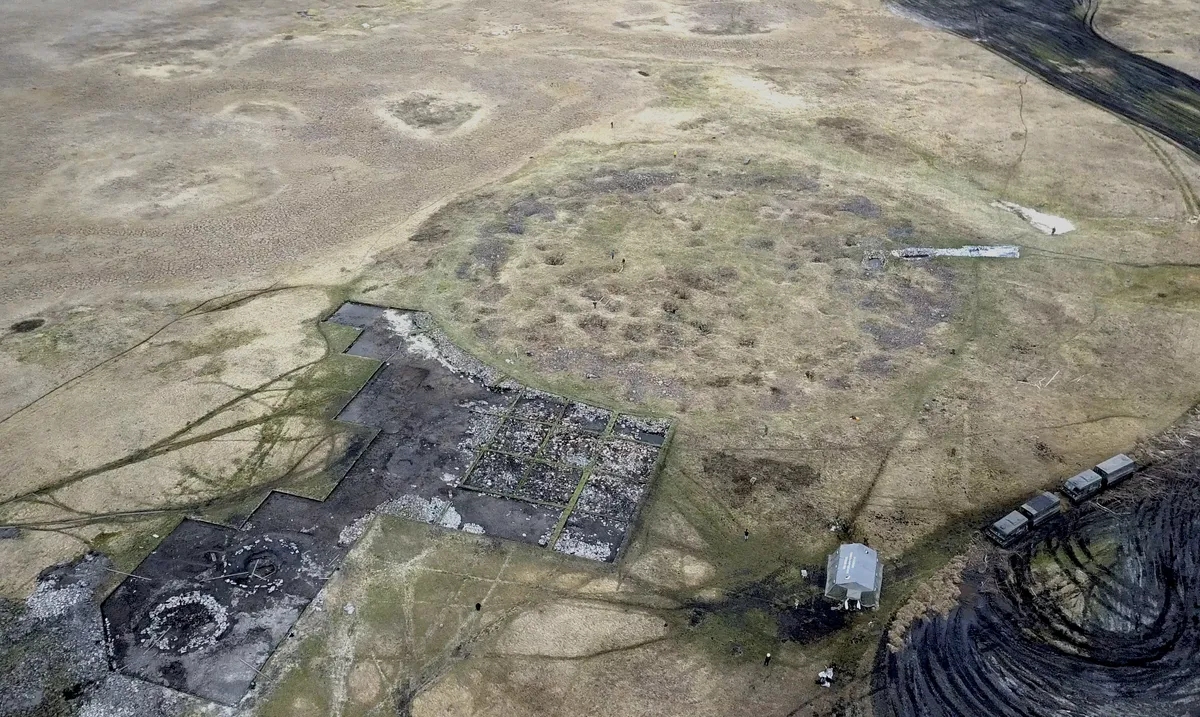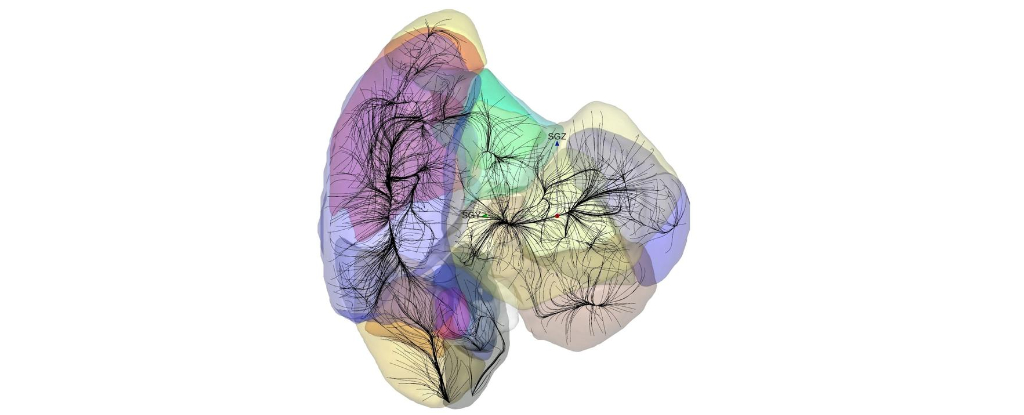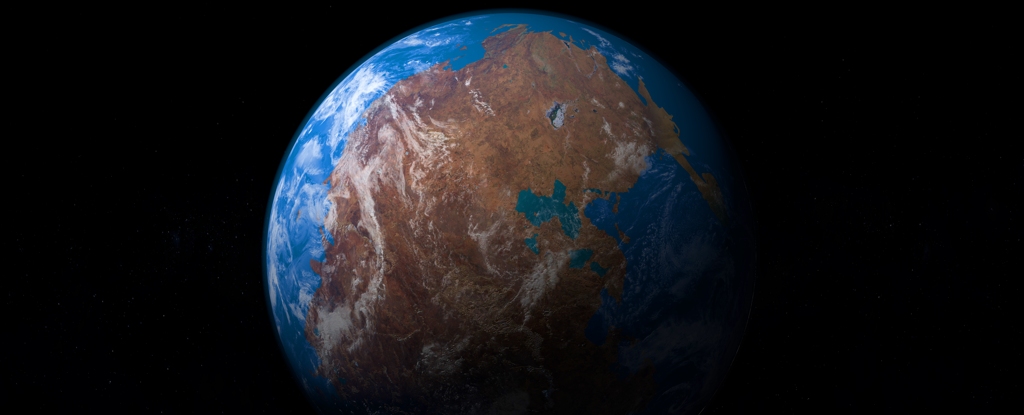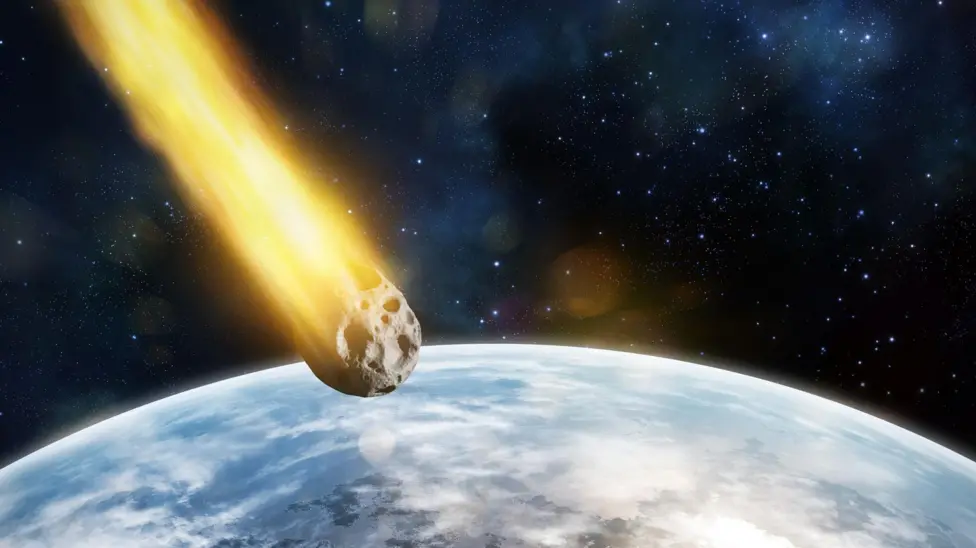News Desk

Psilocybin’s potential to safely and effectively treat mental illness appears to be highlighted with every new study into its effects. Now, Monash University researchers have added more evidence to the growing pile. The study was published in the journal Translational Psychiatry.
Image from: Brocken Inaglory (Wikki Commons)
A recent study published in the Journal of Psychopharmacology highlights the potential synergy between meditation and psychedelics. Meditators who received a combination of DMT and harmine reported greater mystical experiences, non-dual awareness, emotional breakthroughs, and lasting increases in well-being compared to those given a placebo.

A 2,800-year-old burial in Siberia that contains the remains of an elite individual, who was buried with at least one sacrificed human and 18 sacrificed horses, appears to belong to a culture closely related to the enigmatic Scythians, a new study finds.

The findings raise questions and shed light on snail consumption and the antiquity of culinary traditions in Tunisian societies. The findings are published in the journal Archaeological and Anthropological Sciences.

If you want to pinpoint your place in the Universe, start with your cosmic address. You live on Earth->Solar System->Milky Way Galaxy->Local Cluster->Virgo Cluster->Virgo Supercluster->Laniakea.

A complex picture of how Neanderthals died out, and the role that modern humans played in their disappearance, is emerging.

Using information from inside the rocks on Earth’s surface, we have reconstructed the plate tectonics of the planet over the last 1.8 billion years.

The huge asteroid that hit Earth and wiped out the dinosaurs 66 million years ago was not alone, scientists have confirmed. A second, smaller space rock smashed into the sea off the coast of West Africa creating a large crater during the same era.
When an asteroid slammed into Earth 66 million years ago, it caused a mass extinction. Now, researchers have evidence that this catastrophe ushered in the invention of agriculture by ants. See the paper here.

Across the United States, the second Monday of October is increasingly becoming known as Indigenous Peoples Day. In the push to rename Columbus Day, Christopher Columbus himself has become a metaphor for the evils of early colonial empires, and rightly so.

A couple of congressmen are asking for your assistance to better understand how to safely incorporate psilocybin and MDMA into therapy.
Humans use smiles and laughter to communicate playfulness. Now, the behaviour has been confirmed in a species of dolphin, too. The research is published in the journal iScience.

A comet that has not been seen from Earth since Neanderthals were alive and kicking has reappeared in the sky, with astronomers saying it might be visible to the naked eye.

Dennis McKenna and anthropologist Wade Davis are working together to organize a movement dedicated to ending the vilification of the coca plant, and the persecution of its consumers.

The existential threat from a large meteor is real, but two next-generation telescopes are about to make us safer.
Fossils found in Brazil are leading palaeontologists to re-write the evolution of mammals…The findings are detailed in a paper published in Nature.








